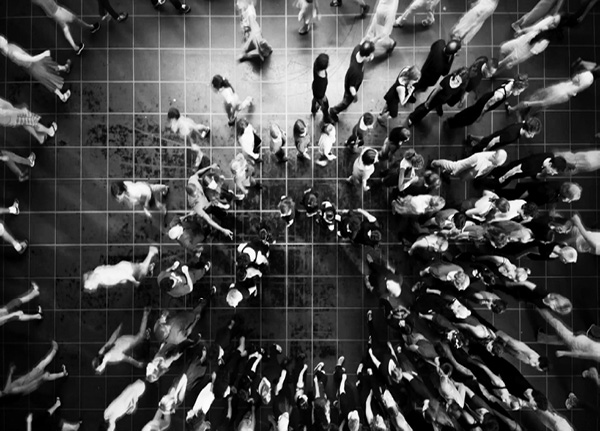
CHOREOGRAPHY FOR AUDIENCE — TAKE ONE
performed on September 15, 2012
The Irondale Theater, Brooklyn, NY
performed once in 2012
NOEMIE LAFRANCE / SENS PRODUCTION
Tamara Bechara, Caitlin Roberts, Mare Hieronimus, Shizu Homma, Kate Kelley, Adi Kfir, Jeff Lyon, Omar Nasir, Melissa Sanfio, Victor Sho, Sarah Wollschlager, Sandra Passirani, Natalie Galazka, Michael Belcher, Adam Crystal, Ellis Traver
Brooklyn, NY
639614252s639614252e639614252n639614252s639614252@639614252s639614252e639614252n639614252s639614252p639614252r639614252o639614252d639614252u639614252c639614252t639614252i639614252o639614252n639614252.639614252o639614252r639614252g
sensproduction.org
CHOREOGRAPHY FOR AUDIENCE — TAKE ONE
NOEMIE LAFRANCE / SENS PRODUCTION
The purpose of this ongoing project is to rethink dance from new angles by changing the way it is transmitted to an audience. Starting from the idea that dance is primarily a kinesthetic experience, this project explored the possibilities of transmission of dance via kinesthetic sense as opposed to visual sense, for example; by providing instructions to the doer, who enacts the dance in order to access it. By doing so, dance is potentially able to reach a critical mass without being recorded on a media other than the body. The audience becomes the carrier of the information, or of the choreography, and the work itself. The context of the performance emphasized live experiences and prioritized real time-space exchanges between people over virtual exchanges, while using the virtual space and technology to spread and promote the value of participation/live experiences, bringing us back to our mere physical bodies, and relating our physical experience of life to the technology we so much depend on, which has already begun to compete with our physical existence.
“Choreography for Audience — Take One” was entirely performed by a participating audience expressing itself as a choreographic/social experiment as well as a live film scenario. It gathered upwards of 250 people, divided in four teams, who participated in a live human game. The participants followed algorithmic instructions that were sent ahead of time via email; when enacted, they generated patterns and formations that could be watched from a bird’s-eye-view. The event was only open to participants and not spectators, but participants were allowed to step outside temporarily to see the results of their team’s work from the above balcony. Played in an unpredictable sequence, initiated from within and based on the rules provided, a series of 12 different games engaged the players in cooperation and competition with each other, to generate aesthetic value together in real-time and space on a large grid made of hundreds of 2’x 2’ squares.
The various games were based on the deployment of complex systems that rely on sets of simple instructions, and that resembled computer coding or emulated patterns found in nature, while also containing elements of strategy and point systems defining higher stakes in the act of participation. A group of team leaders/captains who had been trained in the game’s physical language prior to the event helped lead the others through the maze of social moments that made the collective performance.